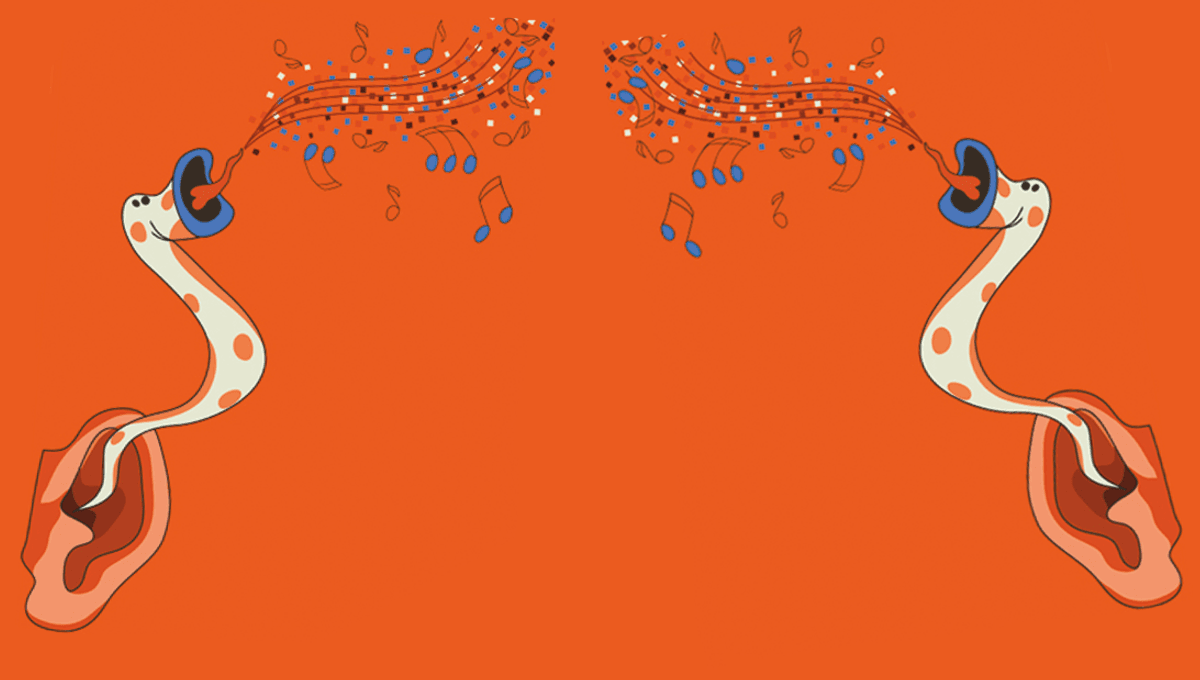
I was recently lucky enough to attend a choir performance inspired by The Kinks that was even attended by Ray Davies himself. It was a hoot, it was a treat, and it has haunted me every day since. I could not for love nor money get the chorus to The Village Green Preservation Society out of my head. Noon or night it was niggling away in the background, an earworm that had firmly set up camp in my brain.
So, you can imagine my intrigue when I found the “Earworm Eraser,” a track released by Atlassian that brought together Durham University music psychologist Dr Kelly Jakubowski and audio engineers to create “a scientifically-engineered track designed to get rid of earworms for good”. Did it work? Actually, yes.
I’m as pessimistic as can be when it comes to things like this. Derren Brown didn’t manage to keep me in my chair that time he supposedly made the world sit down. And yet, half an hour after listening to the Earworm Eraser I hadn’t thought of that damn village society once. It got me thinking: why do we get earworms? And how do you get a song out of your head?
What Are Earworms?
As Elizabeth Hellmuth Margulis, director of the Music Cognition Lab at the University of Arkansas, wrote in a video for TED-Ed, 90 percent of us fall folly to an earworm each week. For 25 percent of us, they can strike several times a day.
In short, an earworm is a song or snippet of music that gets lodged in your head and keeps replaying over and over again. Understandably, it can get very annoying, even when you like the song.
We still don’t know the exact neurological mechanisms that make it so easy for an earworm to embed, but it’s thought they’re a form of auditory imagery. That is, the sounds we have stored in our heads that we can think of when imagining, say, a cat’s meow (n’awww, cats).
One of the most remarkable and infuriating characteristics of earworms is the way they get stuck on a loop. They’re also more likely to get embedded if we listen to the source on repeat, which in a world where “Paging Doctor Beat” is the soundtrack to every reel and TikTok going, we’re likely to be exposed to often.
How To Get A Song Out Of Your Head
Since we don’t yet know the exact scientific underpinnings of an earworm, it’s hard to know a direct cure. However, given repetition is the key to its success, it figures it could also be the key to its downfall.
“The Earworm Eraser audio track works by incorporating scientific principles of music and the brain to disrupt the neural patterns that keep a catchy tune stuck in one’s head,” explains Atlassian. “The track features a series of audio patterns and rhythmic structures that are carefully designed to break the loop of the song in the listener’s mind.”
Watching the earworm perish certainly sent The Village Green Preservation Society packing for this writer. So, did it work for you?
Source Link: Wondering How To Get A Song Out Of Your Head? Meet The Earworm Eraser